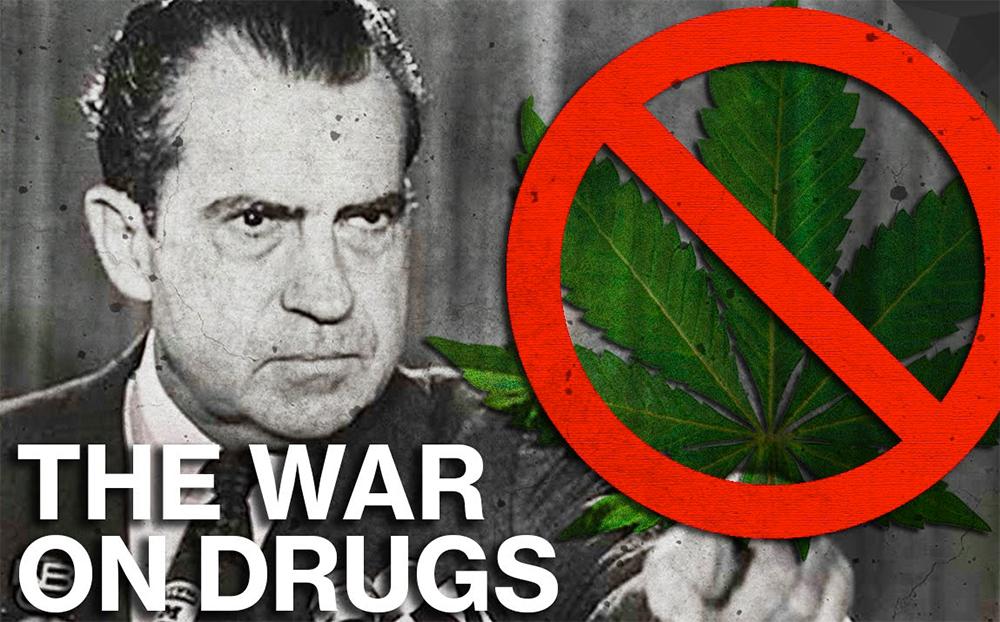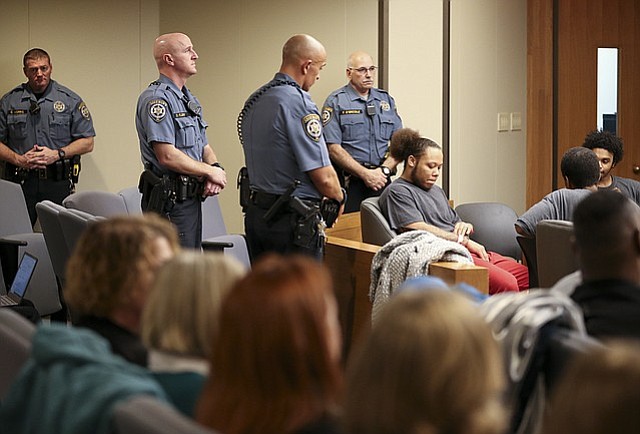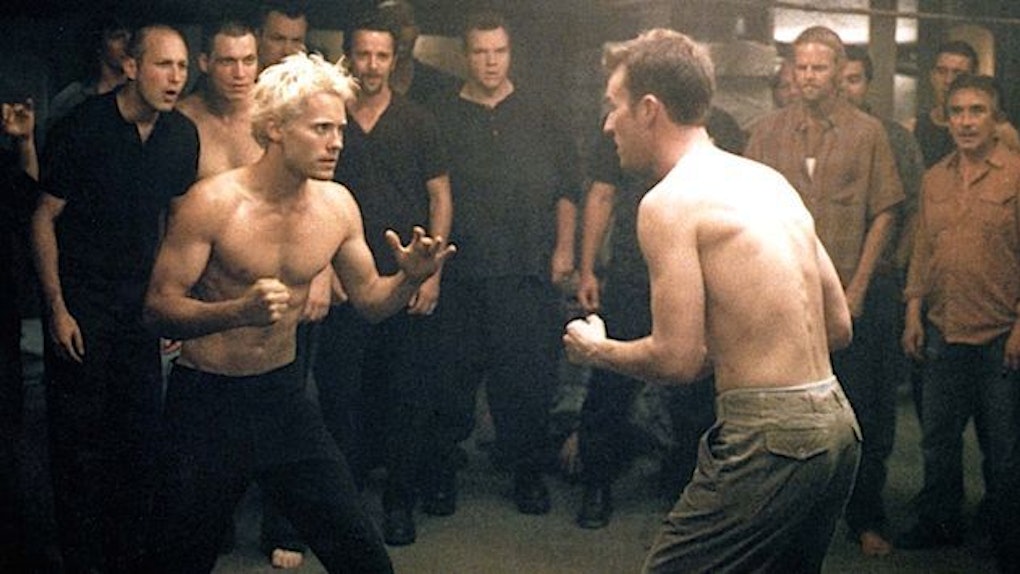
In State v. Phillips, the WA Court of Appeals held that the trial court did not violate an African-American defendant’s right to an impartial jury by dismissing a prospective juror despite the juror’s feelings that African American men are more prone to violence.
BACKGROUND FACTS
On July 1, 2016, Mr. Phillips came home late after his wife Ms. Philips was in bed asleep with their infant daughter. Ms. Philips told Mr. Phillips to leave her alone. Their daughter called 911 and reported that Mr. Phillips was hitting Ms. Philips. When Mr. Phillips saw his daughter was calling the police, he knocked the phone from her hands.
King County Sheriff’s deputies responded to the 911 call and found the house in chaos. Mr. Phillips was arrested and booked into jail. From jail, Mr. Phillips repeatedly called Mrs. Philips demanding that she get him out and expressing his anger at the police having been called. Mr. Phillips was charged with Assault in the Second Degree Domestic Violence (DV) and Tampering With a Witness.
Jury Selection
During jury selection, the trial judge asked if any of the jurors had personal experience
with domestic violence. Juror 10 was among the members who raised their hand. When asked to elaborate, he explained that his sister and his wife’s sister-in-law were both involved in abusive relationships with intimate partners.
Juror #10 also revealed an experience in college after an intramural basketball game when an African American player on the opposing team assaulted him. Juror 10 explained, “nothing came of it, but it left an emotional imprint.” He further elaborated,
“And this is an emotional truth. I don’t live this way; I don’t believe this; but I’m also aware that feelings happen in reality that black men are more prone to violence . . . It was also notable that afterwards when, you know, the gym supervisor was called and there was just a huddle on the spot, and then, of course there was denial and, you know, dismissiveness of it. And that’s another narrative; that those who are violent try to get out of it; so those are two personal emotions imprints that are there, as well.”
From these comments, both the State Prosecutor and Mr. Philips’ defense attorney asked numerous questions to Juror #10. Ultimately, neither the State nor defense counsel exercised a peremptory challenge or moved to strike Juror #10 for cause. Later, Juror #10 served on the jury.
Ultimately, the jury found Phillips guilty of second degree assault and found the State prove aggravating circumstances. The jury was unable to reach a verdict on the witness tampering charge, and it was dismissed. Mr. Philips was sentenced to 120 months.
He appealed. One of the issues was whether Juror #10 should have been struck from serving on the jury panel.
COURT’S ANALYSIS & CONCLUSIONS
Ultimately, the Court of Appeals upheld Mr. Philips’ conviction.
The Court started by giving a substantial amount of background on the issue of jury selection. It said the Sixth and Fourteenth Amendments of the United States Constitution, and article 1, section 22, of the Washington Constitution, guarantee a criminal defendant the right to trial by an impartial jury.
Furthermore, in order to ensure this constitutional right, the trial court will excuse a juror for cause if the juror’s views would prevent or substantially impair the performance of his duties as a juror in accordance with his instructions and his oath. The presence of a biased juror cannot be harmless; the error requires a new trial without a showing of prejudice.
Also, at trial, either party has a statutory right to challenge a prospective juror for cause. “Actual bias is a ground for challenging a juror for cause,” said the Court of Appeals. “Actual bias occurs when there is the existence of a state of mind on the part of the juror in reference to the action, or to either party, which satisfies the court that the challenged person cannot try the issue impartially and without prejudice to the substantial rights of the party challenging.”
Furthermore, Under State v. Irby, RCW 2.36.110 and CrR 6.4 it is the judge’s duty to excuse potential jurors from jury service if they have manifested unfitness as a juror by reason of bias, prejudice, indifference, inattention or any physical or mental defect. These court precedents, statutes and court rules give a trial judge an independent obligation to excuse a juror, regardless of inaction by counsel or the defendant.
However, the Court of Appeals ultimately reasoned that the present case was distinguishable from Irby.
Also, the Court of Appeals reasoned that defense counsel was alert to the possibility of biased jurors.
“Defense counsel actively questioned Juror #10, including questioning whether, despite juror 10’s concerns, the juror would follow the court’s instructions and base his decision on the evidence presented,” reasoned the court of Appeals. “As a result, defense counsel did not challenge Juror #10. This suggests that defense counsel observed something during voir dire that led counsel to believe Juror #10 could be fair.”
Furthermore, the Court of Appeals said it was also significant that Phillips used his peremptory challenges to strike several jurors, but had one peremptory challenge remaining when he accepted the jury, including Juror #10. “Again, this suggests that defense counsel either wanted juror 10 on the jury, or did not want one or both the next potential jurors on the panel,” said the Court of Appeals.
Consequently, the Court of Appeals held that the trial court did not abuse its discretion in failing to excuse Juror #10 for cause and upheld Mr. Philips’ conviction.
My opinion? Bad decision.
I’ve conducted nearly 40 jury trials, which is more experience than most criminal defense attorneys have. In my experience, potential jurors have a tendency to mitigate, justify, deny, back-pedal and just plain cover up any biases they have. It’s human nature. Therefore, if any juror states they have a biases which prejudice a criminal defendant, then that juror should be excused. Period.
Unfortunately, it appears Defense Counsel also failed to strike Juror #10. That is unfortunate as well. As the judge said, however, this may have been strategic. Perhaps Defense Counsel wanted to avoid impaneling a potential juror who was actually more biased than Juror #10. We don’t know.
Please contact my office if you, a friend or family member are charged with a crime. Hiring an effective and competent defense attorney is the first and best step toward justice.
















